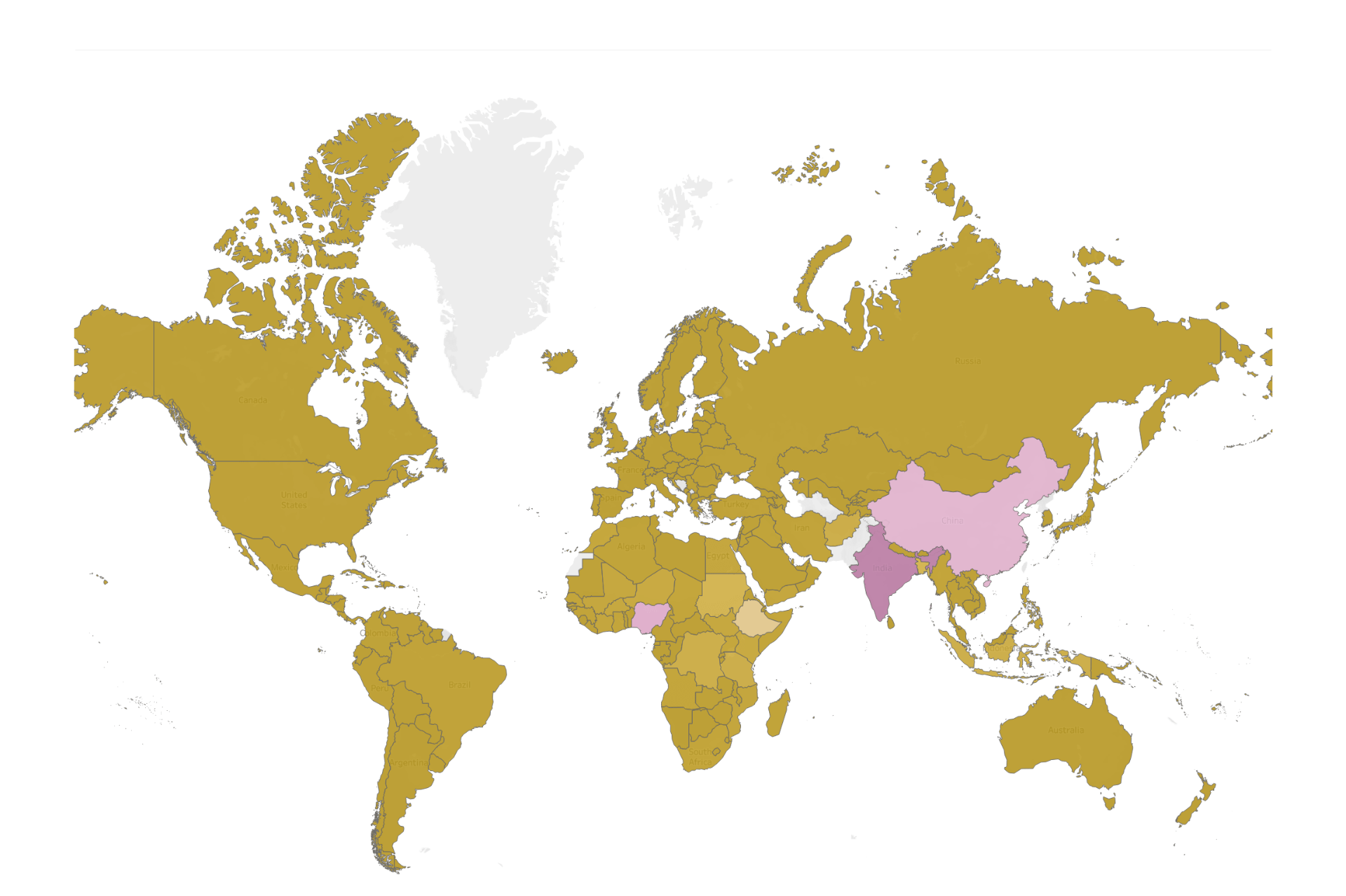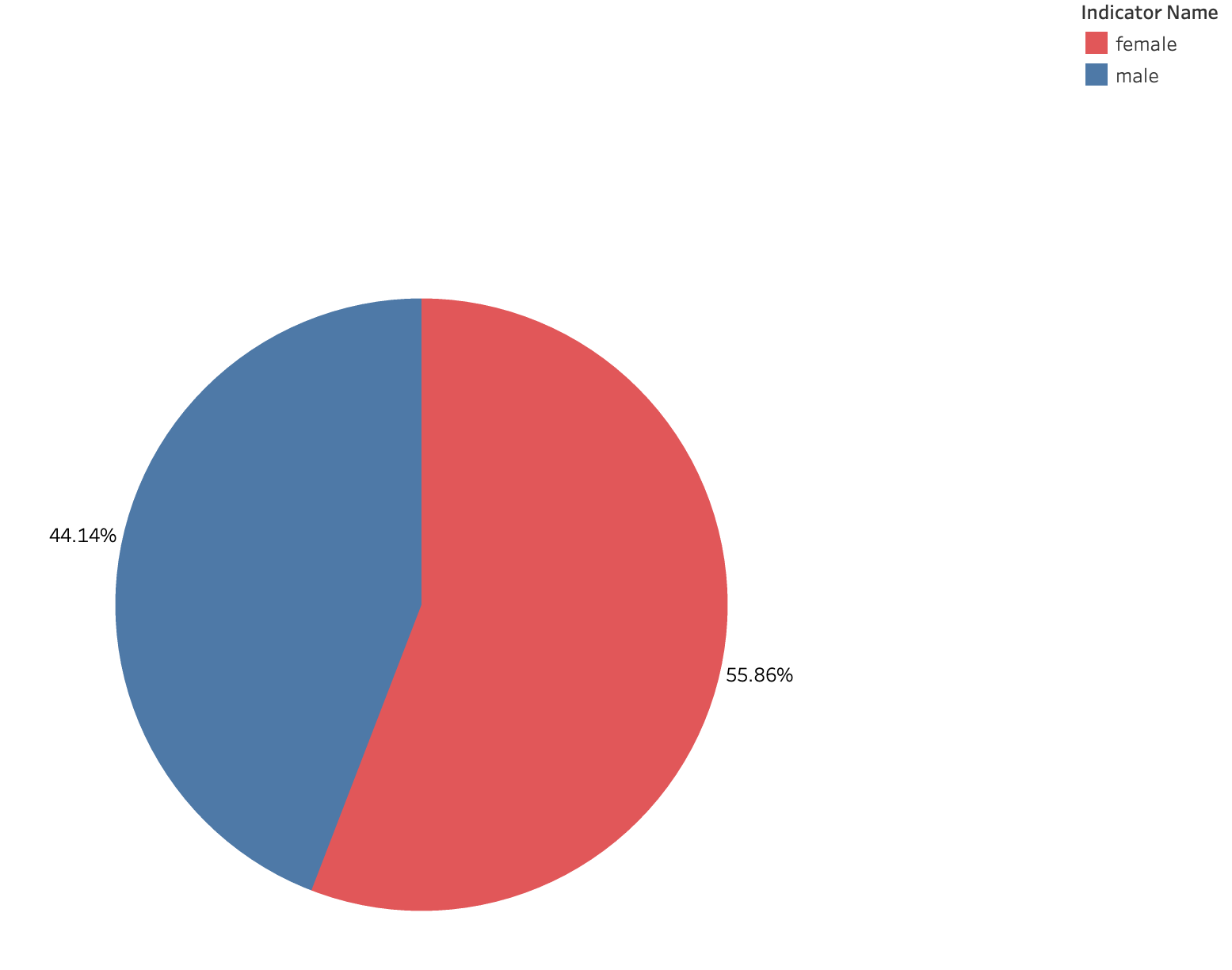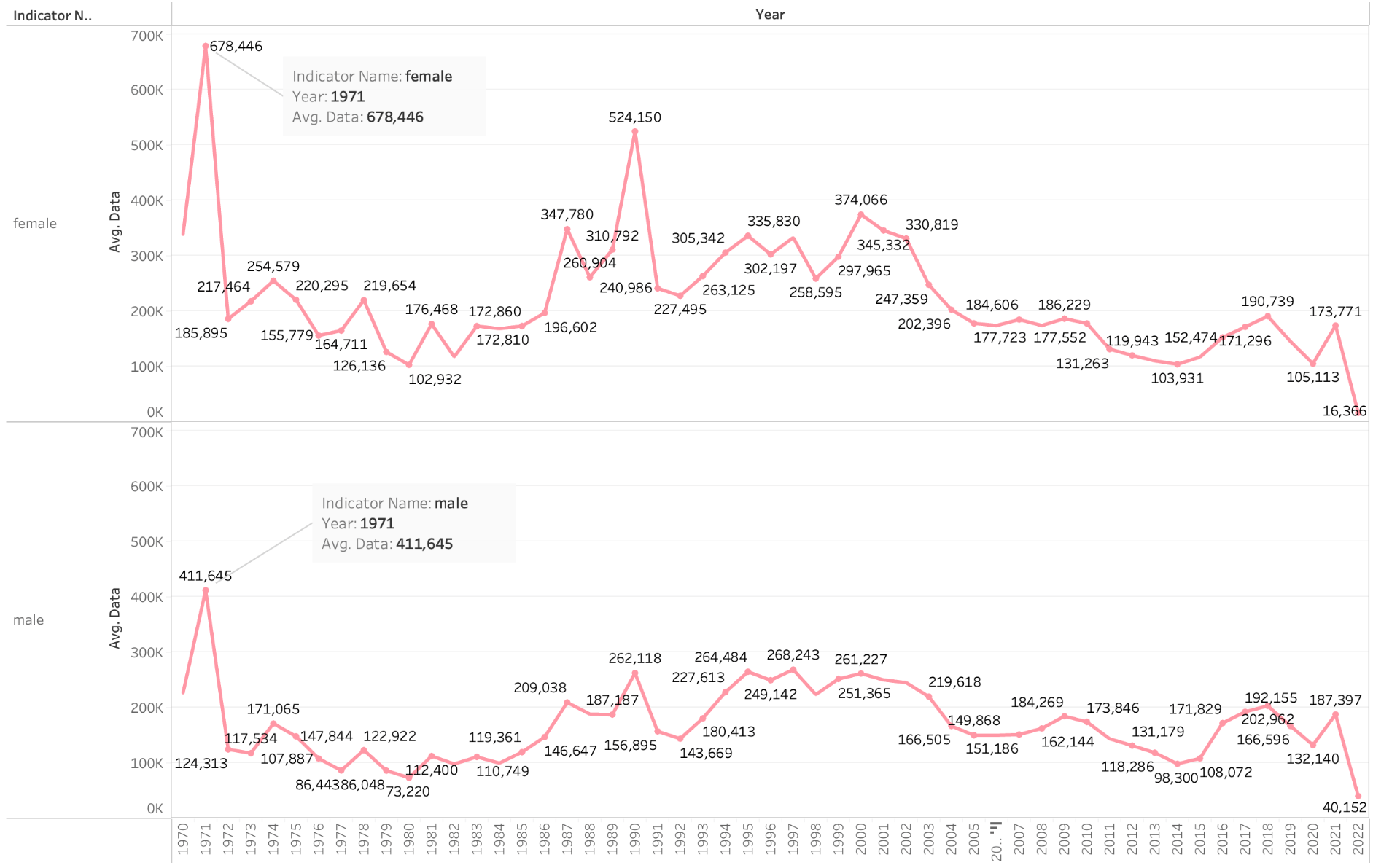 The top five nations in terms of the number of children who are not in school are India, Nigeria, China, Ethiopia, and Bangladesh. This ranking is based on a variety of criteria, including population size, educational infrastructure, economic situations, and social dynamics. Let’s quickly go through some of the factors that make these nations known for having large proportions of school-age children who are not attending:
The top five nations in terms of the number of children who are not in school are India, Nigeria, China, Ethiopia, and Bangladesh. This ranking is based on a variety of criteria, including population size, educational infrastructure, economic situations, and social dynamics. Let’s quickly go through some of the factors that make these nations known for having large proportions of school-age children who are not attending: India: The number of children who are not in school is greatly increased by the size of the Indian population. Despite initiatives to increase access to education, issues including poverty, poor infrastructure, and cultural norms in some areas have hampered efforts to guarantee universal education.
India: The number of children who are not in school is greatly increased by the size of the Indian population. Despite initiatives to increase access to education, issues including poverty, poor infrastructure, and cultural norms in some areas have hampered efforts to guarantee universal education.
Nigeria: Nigeria deals with issues including poverty and regional inequalities. Many kids are not attending school, especially in the country’s northern regions, due to issues including insecurity, cultural norms, resource scarcity, and poor educational infrastructure.
China: Despite significant improvements in educational access, China’s size implies that even a tiny percentage of out-of-school children can result in massive absolute numbers. The problem is exacerbated by economic differences between rural and urban areas, migration trends, and the difficulty of accessing high-quality education in remote places.
Ethiopia: Ethiopia has several socioeconomic issues that limit children’s possibilities for schooling. Particularly in rural and marginalized populations, poverty, poor infrastructure, conflicts, and cultural barriers might make it difficult to obtain education.
Bangladesh: Despite recent progress, Bangladesh still has challenges in ensuring that all children have access to education. The goal of universal education is challenged by issues including poverty, child labor, societal standards, gender inequities, and a lack of resources.
While these five nations are emphasized as having high rates of out-of-school youth, it’s crucial to keep in mind that several other nations all over the world deal with comparable challenges.
One striking aspect of this visualization is the gender disparity within the out-of-school population. The data reveals that 55.86% of these children are female, while the remaining 44.14% are male. This significant difference suggests that girls face additional barriers to accessing education, contributing to their higher representation in the out-of-school population.

The time aspect of the visualization is another important discovery. It suggests that 1971 stands out as a significant turning point, denoting the height of youngsters not attending school. This observation allows us to examine the progress made over the years in addressing this issue and implementing educational reforms.
Additionally, the graphic highlights a recurrent pattern where females had more children out of school than males throughout the course of the studied years. This pattern underlines the critical need for specific interventions and policies to overcome the ongoing gender disparities that prevent girls from achieving educational success. It is also significant to notice that, in addition to the gender gap, the data visualization also demonstrates the average number of “kids being out of school” has been progressively declining over time.
This result shows that, despite persistent gender inequities, attempts to address the problem of out-of-school children have had beneficial results. To advance toward attaining universal access to education, it emphasizes the significance of consistent investment in education and targeted activities meant to reach the most vulnerable groups, notably females.
By recognizing this declining trend in the average number of children out of school, we can acknowledge the impact of educational policies and interventions that have been implemented to improve access and reduce barriers to education. However, it is crucial to remain vigilant and address the underlying factors contributing to gender disparities and ensure that every child, regardless of their gender, has equal opportunities to receive a quality education.
To sum it up, while the visualization highlights a decreasing average number of children being out of school over the years, the persistence of gender disparities emphasizes the need for continued efforts to bridge the gap and provide equal educational opportunities for all children, ultimately fostering a more inclusive and equitable society.

0 Comments